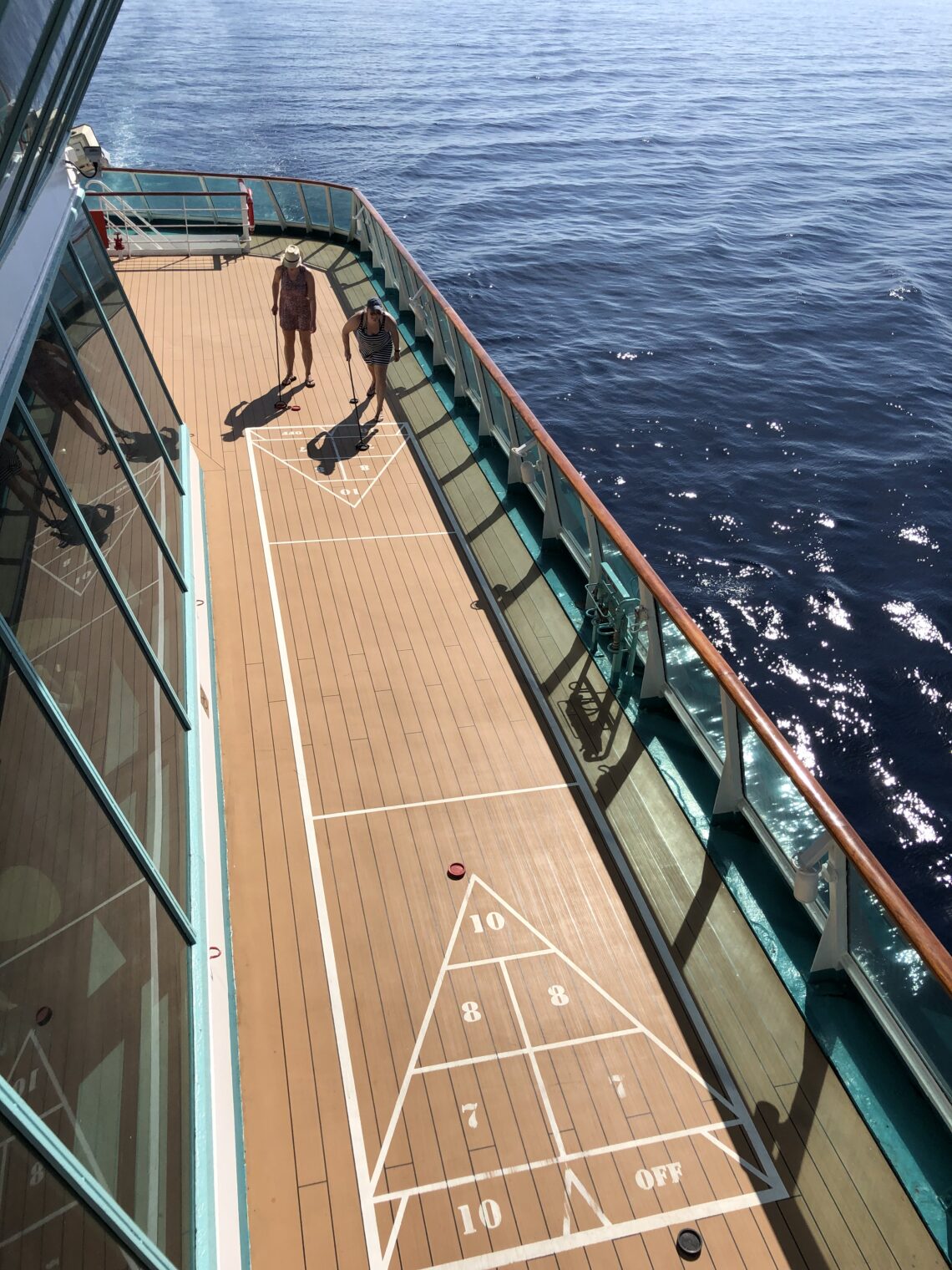“Laboratory Modeling of SARS-CoV-2 Exposure Reduction Through Physically Distanced Seating in Aircraft Cabins Using Bacteriophage Aerosol” (CDC, April 14, 2021):
Aircraft can hold large numbers of persons in close proximity for long periods, which can increase the risk for transmission of infectious disease.* Current CDC guidelines recommend against travel for persons who have not been vaccinated against COVID-19, and a January 2021 CDC order requires masking for all persons while on airplanes.†,§ Research suggests that seating proximity on aircraft is associated with increased risk for infection with SARS-CoV-2, the virus that causes COVID-19 (1,2). However, studies quantifying the benefit of specific distancing strategies to prevent transmission, such as keeping aircraft cabin middle seats vacant, are limited. Using bacteriophage MS2 virus as a surrogate for airborne SARS-CoV-2, CDC and Kansas State University (KSU) modeled the relationship between SARS-CoV-2 exposure and aircraft seating proximity, including full occupancy and vacant middle seat occupancy scenarios. Compared with exposures in full occupancy scenarios, relative exposure in vacant middle seat scenarios was reduced by 23% to 57% depending upon the modeling approach. A 23% exposure reduction was observed for a single passenger who was in the same row and two seats away from the SARS-COV-2 source, rather than in an adjacent middle seat. When quantifying exposure reduction to a full 120-passenger cabin rather than to a single person, exposure reductions ranging from 35.0% to 39.4% were predicted. A 57% exposure reduction was observed under the vacant middle seat condition in a scenario involving a three-row section that contained a mix of SARS-CoV-2 sources and other passengers. Based on this laboratory model, a vacant middle seat reduces risk for exposure to SARS-CoV-2 from nearby passengers. These data suggest that increasing physical distance between passengers and lowering passenger density could help reduce potential COVID-19 exposures during air travel. Physical distancing of airplane passengers, including through policies such as middle seat vacancy, could provide additional reductions in SARS-CoV-2 exposure risk.
As we know, #Science says that we can extrapolate from a simple lab test to a population (e.g., masks prevent virus transmission in a lab so the early-masked Czech Republic does not have a plague).
For a whole year I have wondered how it can possibly be legal for airlines to pack cramped aluminum tubes 100 percent full with potentially plagued people (see below). The government has used its awesome power to shut down outdoor tennis doubles, for example, and beaches.
Now I’m beginning to wonder at the disparate treatment accorded to airlines and cruise ships. It is legal for an airliner to depart 100 percent full with no testing of anyone before or after. It is not legal for a cruise ship to depart 30 percent full with vaccinated and tested passengers who can easily be tested prior to disembarking. The exposure on a cruise ship is for a longer period of time, of course, but the airlines cumulatively pack a ton of people together for 16 hours per day (and those people are packed closer together in airports than they would be on a cruise ship). Could we be seeing a disparity in lobbying power? From a December 2018 trip to Cuba on Royal Caribbean, two sitting ducks for any virus:
Readers may remember my idiosyncratic passion:
- Two-thirds full airline idea (pre-coronapanic)
- Coronavirus will breathe life into my two-thirds-full airline idea? (March 2020)
- American Airlines: the magic of air travel in the Age of Corona (friend flies commercial June 2020)
- Commercial flights during Coronapanic: a mostly mask-free experience (I fly commercial, February 2020)
- Proof that you can make money using my blog as an investment guide… (Americans don’t want to pay to avoid near-certain death from COVID)

…Could we be seeing a disparity in lobbying power?
It’s more likely bc (limited) airtravel is viewed as essential, while cruise vac;ns are not.
Rather than attempting to rigidly seat passengers (some of whom are flying solo, some of whom are with a business partner, and some who are in family groups), more airlines should follow the Southwest model and let people sit wherever they please.
As you probably know, Florida is suing the US, CDC, et al. to try to end the cruise ban. Part of their argument in the lawsuit is the comparison to air travel. Some excerpts:
“On April 5, for example, 1,561,959 individuals traveled on airplane flights in the United States—almost fifteen times the number who were flying on the same day a year earlier.”
“But as these industries begin to restart and rebuild, the cruise industry has been singled out”
“The CDC has continued these actions against the cruise industry even as it has treated similar industries differently, including ones that hold passengers in close quarters. For example, the CDC has not shut down the airline industry—focusing instead on “cleaning of aircraft” and “recommendations for hand hygiene.””
The whole complaint: http://myfloridalegal.com/webfiles.nsf/WF/TDGT-BZVLFJ/$file/Fla+v+HHS+and+CDC+complaint.pdf
Pic from the Cuba cruize on Royl Caribeean. Where we met, member it fondly. Meeting you and your friend was the highlight of the trip, I so enjoyed our conversations and dinner dates. Pray all is well with you and your family